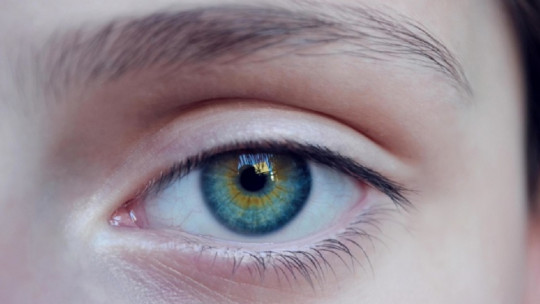
Depression is a fairly common psychological disorder in adolescents since 1 in 5 adolescents suffers from depression during the course of this life stage.
Depression is not a psychological disorder exclusive to adulthood; children and adolescents also suffer from it and present different symptoms than adults. Depression is a mood disorder that involves many physical, emotional, and behavioral symptoms.
This article will describe some of the most frequent symptoms that will allow us to detect depression in adolescents and some of the risk factors that will influence the development of depressive disorders in adolescents.
Most frequent warning signs of depression in adolescents
The symptoms that are related to depression in adolescents are the following.
1. Anhedonia
It means that you no longer enjoy activities that you previously enjoyed This symptom is very characteristic in adolescents, they lose all interest and motivation in carrying out most activities, even socializing with their friends. This symptom can also be accompanied by apathy and dissatisfaction with doing many of the activities you used to do before.
2. Somatic complaints
These are all complaints about physical discomfort or pain that have their origin in a psychological problem. For example, headaches, greater tension in the neck or back, abdominal discomfort or pain are common in adolescents… People close to you may believe that something always hurts or that they are “excuses.” to avoid doing some activities or obligations.
The child and adolescent psychologist from the Málaga PsicoAbreu Psychologists office, Florencia Stolo, states that somatization in children and adolescents is very common, since they do not yet have good emotional expression strategies, and their negative emotions are expressed through symptoms. physical or bodily, which translate into pain or complaints.
The psychologist maintains that we should not think that adolescents invent these symptoms, but that they really feel these pains or discomforts but the cause of them is not a physical illness, but is born from the emotional discomfort they are feeling.
3. Irritability and frequent outbursts of anger
Florencia Stolo, the child and adolescent psychologist, states that It is believed that “typical” depression is when you see a teenager in bed crying all day, but that is not usually the case The psychologist states that irritability and outbursts of anger are common in disorders related to depression in adolescents, since, unlike in adults, a system that is also altered in these disorders is the noradrenergic system (related to norepinephrine), apart from the serotonergic system (related to serotonin).
4. Susceptibility
Susceptibility and greater sensitivity to criticism from others and those around them, not being able to face these situations.
5. Social isolation
Social isolation and withdrawal from close people around them (parents, siblings, friends…). They tend to want to isolate themselves and want to be alone.
6. Asthenia
That is, a feeling of physical tiredness for much of the day.
7. Feeling of sadness or discouragement
This can lead to frequent crying throughout the day and night.
8. Presence of disorders or difficulties sleeping or sleeping more than usual
Sleep difficulties or sleep disorders include pre-sleeping insomnia (problems falling asleep), nocturnal awakenings (waking up during the night, which causes poor quality sleep and does not promote proper rest), non-restorative sleep (feeling of not having rested correctly, or waking up tired), nightmares…
Another possibility is that the adolescent with a depressive disorder does not have difficulty sleeping, but rather sleeps more hours than he or she used to. Florencia maintains that it is a defense mechanism that they develop, since it is their way of “anesthetizing” themselves from their negative emotions and since they do not know how to manage them, they try to avoid them by sleeping all day, because it is the only way they have of not thinking.
9. Changes in eating habits
How to eat more or less and have more or less appetite.
10. Difficulty concentrating and frequent forgetfulness
They can be observed in everyday things such as: forgetting important appointments or relevant dates, losing the thread of conversations, being absent when with other people, having trouble making decisions… At school this can lead to a worsening of academic performance, They get lost during classes and in the explanations of the tasks, they forget about the tasks…
11. Start using alcohol or drugs or increase their consumption
The child and adolescent psychologist from the Malaga office affirms that this is a very common way of anesthetizing themselves in the face of their own problems, since they are experimenting with alcohol and other drugs (especially tobacco and marijuana), and They find in them an “anesthesia” that numbs them and allows them not to “feel” negative emotions that they experience in their daily lives.
12. Passive ideas of death
Thoughts such as: “I wish it would disappear”, “I would like to stop living”, or autolytic ideation (thoughts or desires of physically harming oneself).
13. High risk behaviors
Sometimes adolescents with mood disorders engage in high-risk behaviors such as unsafe sex, shoplifting or driving recklessly.

Risk factors for depression in adolescents
The main risk factors that predispose to having a depressive disorder during adolescence are:








